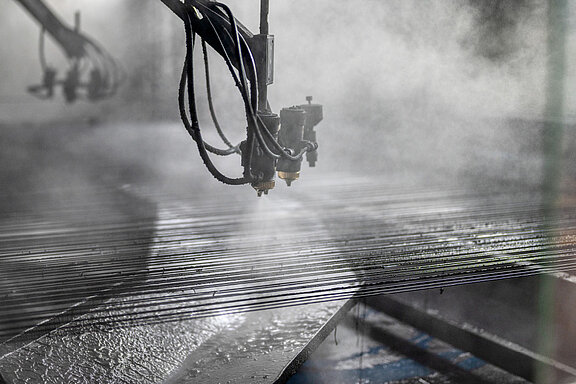The Joint Research Centre (JRC) of the European Union has developed a harmonized test protocol for high-temperature steam electrolysis (HTE). The aim is to evaluate the performance and durability of electrolysis stacks based on solid oxide cells (SOEC) and to ensure the reliability of complete electrolysis systems (HTSEL). The focus is on the production of hydrogen using high-temperature electrolysis (HTEL), which utilizes both renewable energy sources and industrial waste heat
The document describes standardized test procedures for the performance evaluation of solid oxide (SOEL) and proton-conducting ceramic vapor electrolyzers (PCCEL). In addition to analyzing system stability, it includes methods for evaluating hydrogen flow rate management and material durability.
Examples from the document
- Endurance testing: A test examines whether HTE stacks maintain their performance over 1,000 hours of constant operation
- Variable operating profiles: Another test simulates fluctuating renewable energy sources by replicating fluctuating power requirements
These standardized tests help to objectively evaluate technical progress, define research and development goals and improve the choice of technology for industrial applications.
Benefits of electrochemical impedance spectroscopy (EIS)
Electrochemical impedance spectroscopy (EIS) is a key tool for analyzing the electrochemical properties of high-temperature electrolysis cells. It enables the identification of resistance changes and degradation mechanisms caused by long-term stress or operational fluctuations
Main advantages of the EIS
- Early detection of performance degradation: Resistance changes of groups of cells indicate material fatigue and degradation so that countermeasures can be taken at an early stage.
- Optimization of operating parameters: Precise analyses help to minimize power losses and increase efficiency.
- Comparison of cell components: EIS enables a detailed examination of electrodes, catalysts and connectors in order to develop better materials.
Thanks to the EU standardization of EIS measurements, research institutions and companies can now draw on comparable and reliable data to drive forward the further development of hydrogen technology in a targeted manner.
Source: Joint Research Center (JRC)
File type: PDF
Publication: 2023
Language: English
Pages: 68
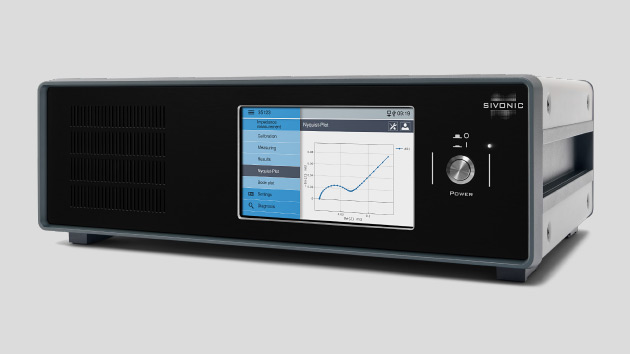
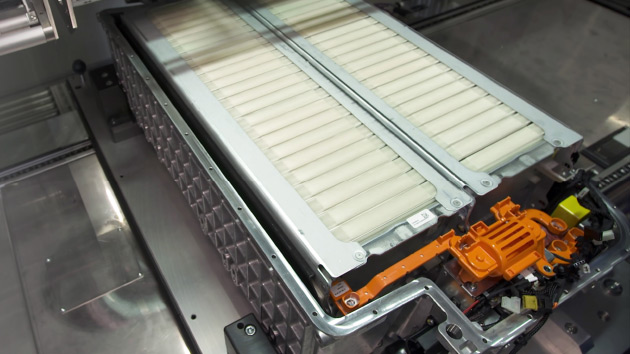
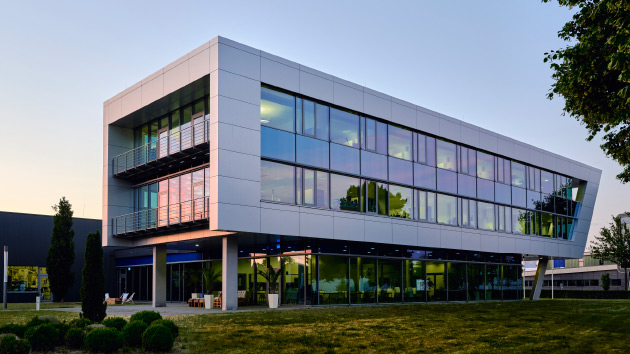
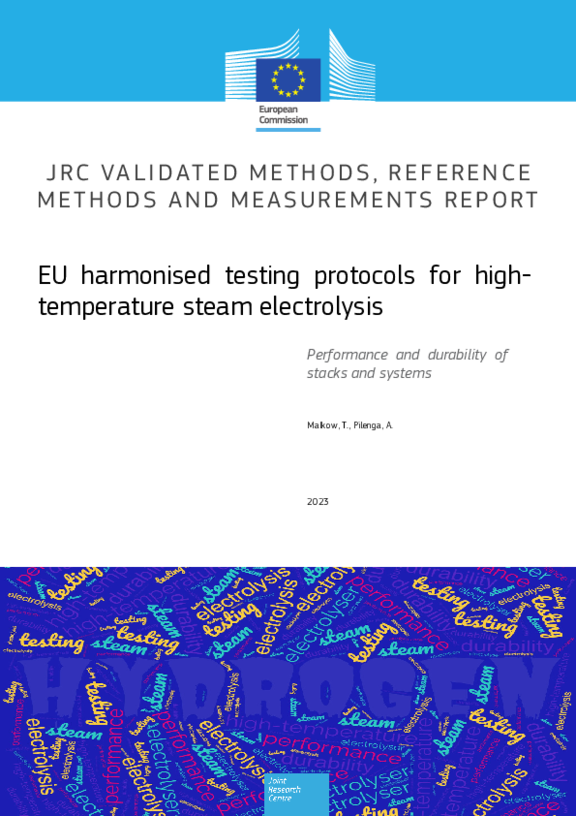
![Fuel Cell [Translate to Englisch:]](/fileadmin/_processed_/e/2/csm_img_Vorschau_Applikationen_Brennstoffzellen_5c9d48bd57.jpg)
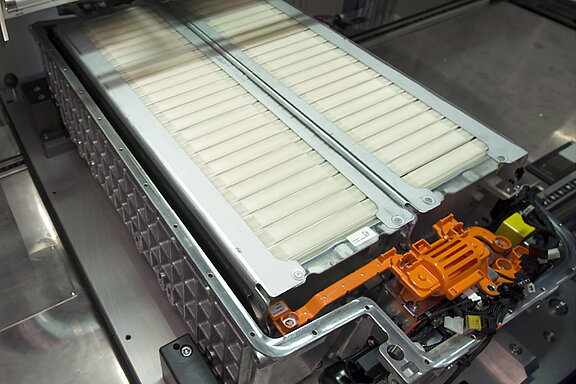
![Electrolysis [Translate to Englisch:]](/fileadmin/_processed_/c/5/csm_img_Vorschau_Applikationen_Elektrolyse_010bb10ebc.jpg)
![Corrosion [Translate to Englisch:]](/fileadmin/_processed_/b/0/csm_img_Vorschau_Applikationen_Korrosion_1a39355e33.jpg)
